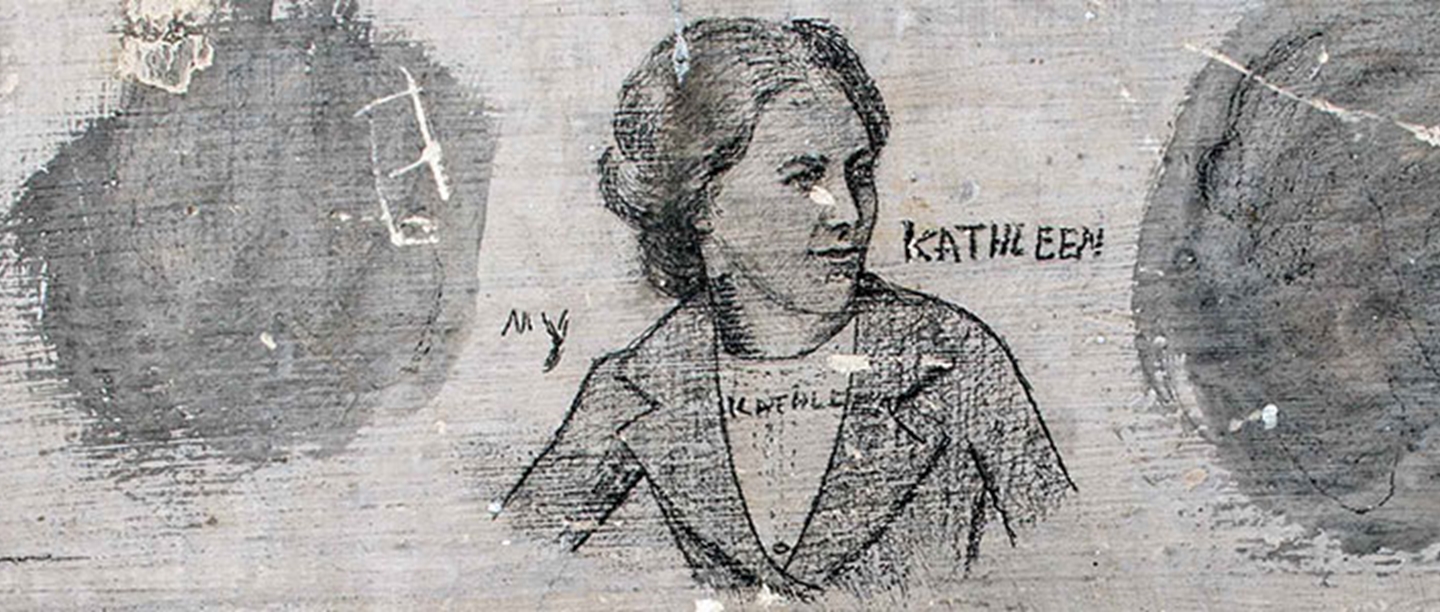
Conscientious objectors were often shunned and criticised during the First World War. Kevin Booth, Senior Curator at English Heritage, explores how the actions of these conscientious objectors, shaped our right to choice and conscience.
Conscription and conscientious objectors
In today’s Britain individual men and women choose whether to pursue a career in the military, and when to leave it. As citizens we feel comfortable protesting for or against action, expressing our views in myriad formats and electing those representatives who reflect our own point of view.
In 2015 British MPs were given freedom from their party whip to vote on military action over Syria. The parliamentary debate saw impassioned appeals from both sides of the argument. These were speeches whose argument was based not simply on the intricacies of international law, or of perceived success or feared collateral damage: in many ways the decision of parliament came down to the matter of individual conscience.
100 years before the Syria debate, Herbert Asquith’s government was preparing a bill for parliament to introduce conscription for unmarried men between the ages 18 and 41. The Military Service Act passed into law in March 1916. The bill’s first draft provided three categories for exemption: civilian service in the national interest, serious hardship for a man’s dependents, and ill-health.
For the second draft a further category was added: exemption on the grounds of ‘a conscientious objection to undertaking combatant service’. It is perhaps in this last minute revision, included to keep members of the government’s own party from rebelling, that the first faltering steps were taken toward today’s freedom.
Military Service Bill by British Government [Public domain], via Wikimedia Commons .
Stigma and hardship
Conscientious objectors in 1916 were rarely seen in a positive light. In parliament the inclusion of conscience clause caused uproar on the opposition benches. In the House of Lords Lord Willoughby de Broke declared that objection to fighting ‘displayed a selfishness, a hypocrisy and an arrogance … difficult to forgive’.
In the context of the huge losses at the front and immeasurable hardship and pain at home, conscientious objectors were viewed as shirkers and as cowards: their actions were seen as being unchristian, unpatriotic, unmanly, and even unhinged.
Most of those who gained exemption from fighting were obliged to join the Non-Combatant Corps, where they were given work related to the war effort which didn’t involve actual fighting. A much smaller number, termed absolutists, refused to carry out any action that aided the war effort.
All conscientious objectors were open to being pilloried for their actions: ostracized by society and often by close family they would struggle after the war to find meaningful employment. Absolutists faced all this, but also faced also military discipline, periodic incarceration and court martial, with many serving long, solitary, prison sentences until months after the end of the war.
The Richmond 16
Among the absolutists was a group of men dubbed the ‘Richmond 16’, They refused to join the Non-Combatant Corps, and were imprisoned at Richmond Castle in North Yorkshire in 1916. They were then taken to France to be court-martialled, where they were sentenced to death, though the sentence was immediately commuted to 10 years of hard labour. The stance taken by the Richmond 16 and others in May 1916 presented an unprecedented challenge to military authority and to social convention – one for which no provision had been made and no response planned.
These actions though informed a changed view when conscription was introduced again in 1939. Exemption on grounds of conscience was included in the bill but with a specific reference to absolutists. Still stigmatised and labelled ‘conchies’ the experience of those granted exemption proved less arduous and demeaning than in WWI. Over 60,000 men and women registered for the scheme with 3,000 gaining absolute exemption.
After the war the concept of the right to conscience became enshrined in article 18 of the Universal Declaration of Human Rights, instituted by the newly convened United Nations General Assembly. The text – that ‘Everyone has the right to freedom of thought, conscience and religion’ – can be seen in some way to have been informed by, and to codify, the actions of those at Richmond in 1916.
Remembering the Richmond 16
A major new conservation project has been launched to protect the graffiti left behind in the cells at Richmond Castle, thanks to a £365,400 grant from the Heritage Lottery Fund announced today. The cells will be closed to the public during conservation work, but in the meantime, you visit the cells virtually via a 360 video.
Aside from its role in the First World War, Richmond Castle is one of the oldest Norman stone fortresses in England, with almost 1000 years of history. Its 30 metre high keep, added later by Henry II offers sweeping views across the Yorkshire Dales and the River Swale. The castle is open daily from 10am – 6pm.